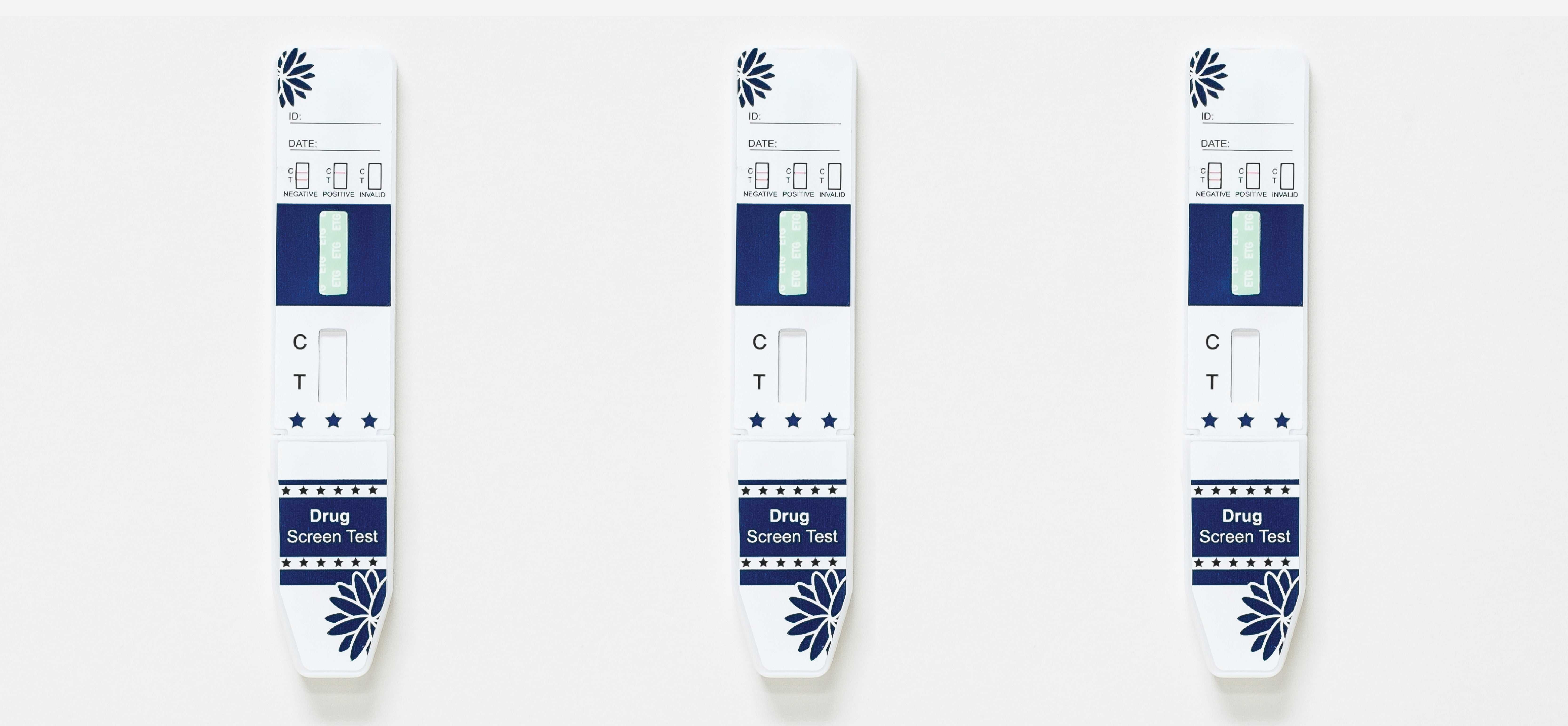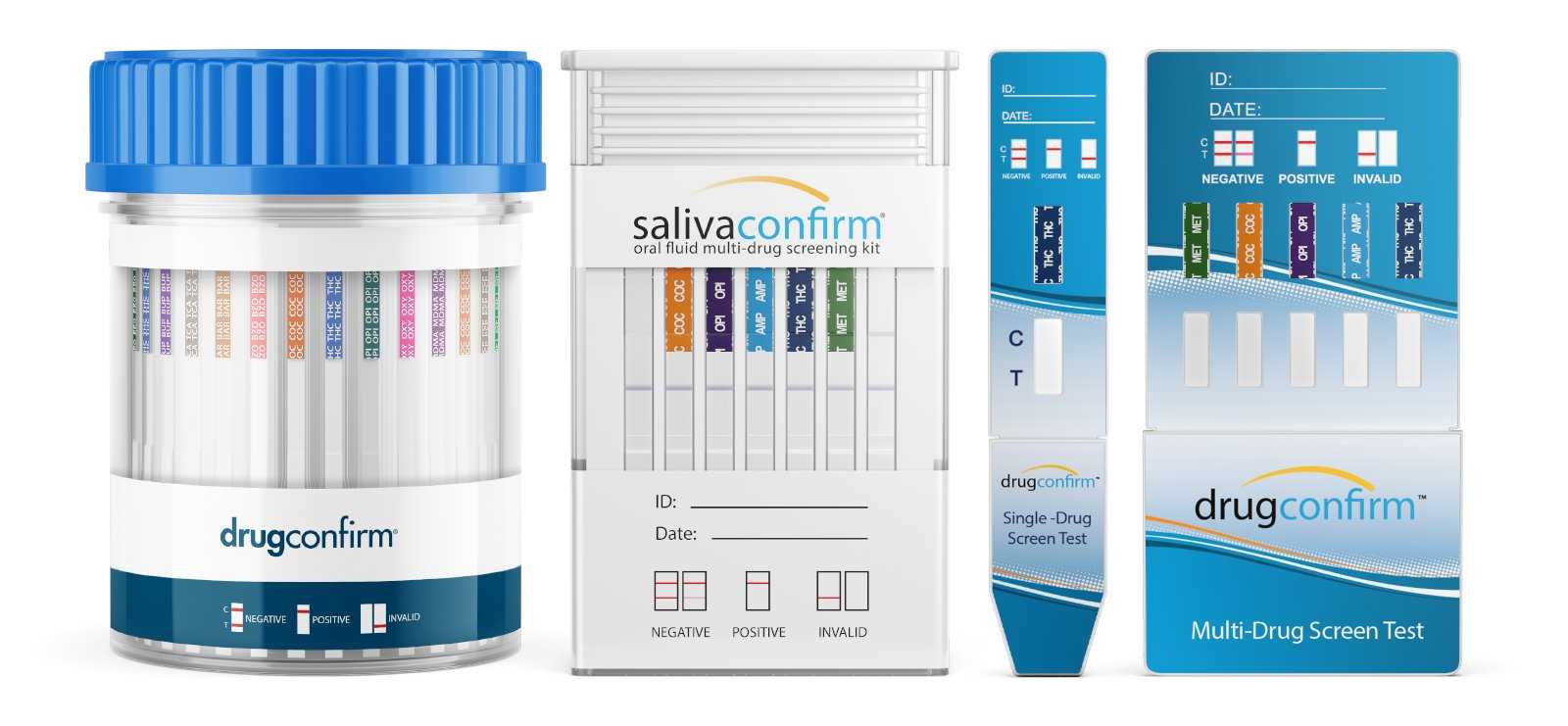EtG Testing

Ethyl Glucuronide (EtG) is a direct metabolite of ethanol alcohol. The presence of EtG in the urine can be used to detect recent alcohol consumption, even after the ethanol alcohol is no longer measurable. Consequently, the presence of EtG in the urine is a definitive indicator that alcohol has been ingested. Traditional laboratory practices typically measure the amount of alcohol present in the body. Depending on the amount of alcohol that has been consumed, this method usually reveals alcohol ingestion within the past few hours. The presence of EtG in the urine, on the other hand, demonstrates that ethanol alcohol was ingested within the past three or four days, or roughly 80 hours after the ethanol alcohol has been metabolized by the body. As a result, it can be determined that a urine alcohol test employing EtG is a more accurate indicator of the recent consumption of alcohol as opposed to simply measuring for the existence of ethanol alcohol. The EtG tests are for Forensic Use Only and available in urine dip card and cup options, 25 tests per box.
Top Collection Products

Connect with us.
Our team cares about your success and has extensive screening experience. We can help you place an order, answer your questions, or provide guidance based on your specific needs.

